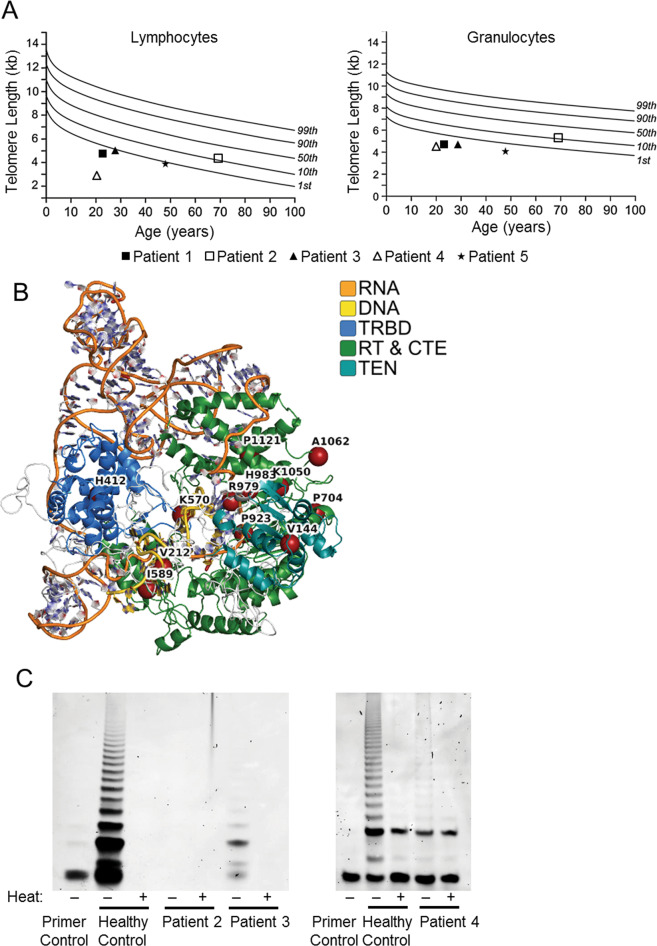Fig. 1. Functional validation of variants of uncertain significance in hTERT/hTERC.
a Mean telomere length in lymphocytes and granulocytes from blood samples measured by flowFISH. All patients presented clinical signs of STS and genetic variants in the holozenzyme telomerase. While most patients (1, 3, 4, and 5) presented clearly shortened telomeres, patient 2 showed fringe values closer to the 10th centile. b Recent studies have resolved human telomerase core components, which can be combined with additional data to generate a more specific and comprehensive model for interpreting the effects of telomerase variation. We used molecular modeling to develop a finer resolution of interpretation for telomerase variants identified through clinical genomics sequencing. The nucleotide backbones of RNA and DNA are colored in orange and gold, respectively, and each protein domain is colored distinctly with the intervening loops demarcated in white. Our current model of human telomeres consists of all amino acids of hTERT and a large contiguous section of hTERC. This model was generated based off of homology relationships and energetic refinement. The 3D relationships among amino acids of TERT and nucleotides of TERC enable us to make specific predictions for the impact and effects of genomic variants. c Blood protein extracts from patients carrying TERT variants were tested using the TRAP assay for telomerase activity. In comparison to healthy individuals used as controls (second lane in each panel), the results indicated absent (patient 2) or diminished (patients 3 and 4) telomerase activity in all samples tested, suggesting pathogenicity of the variants.

